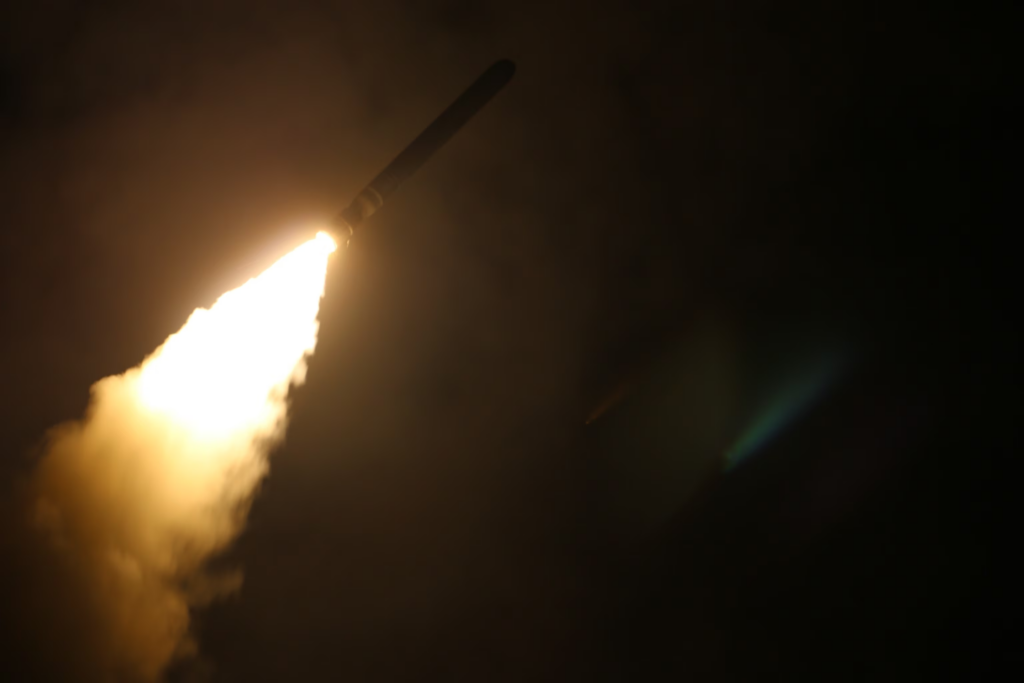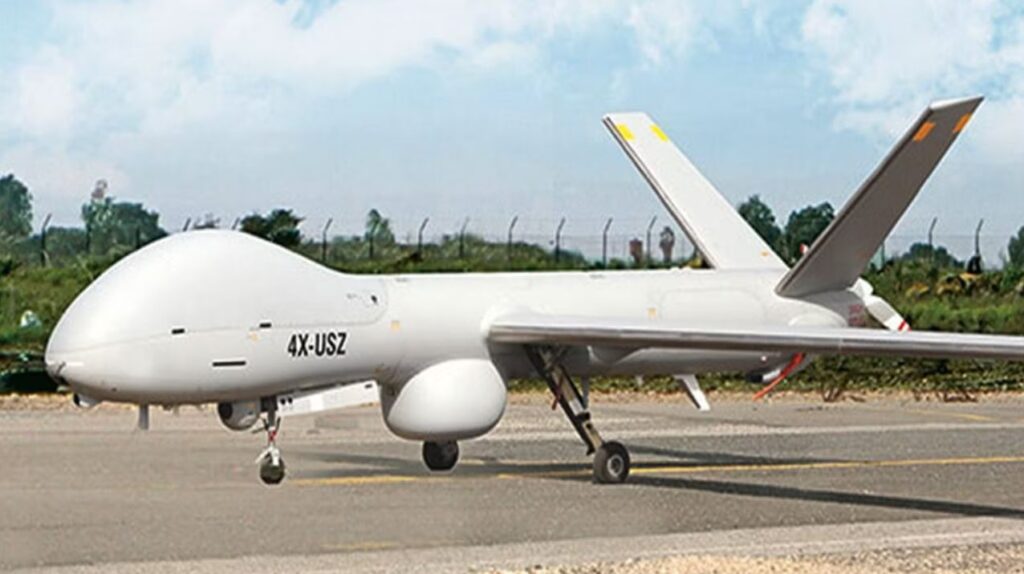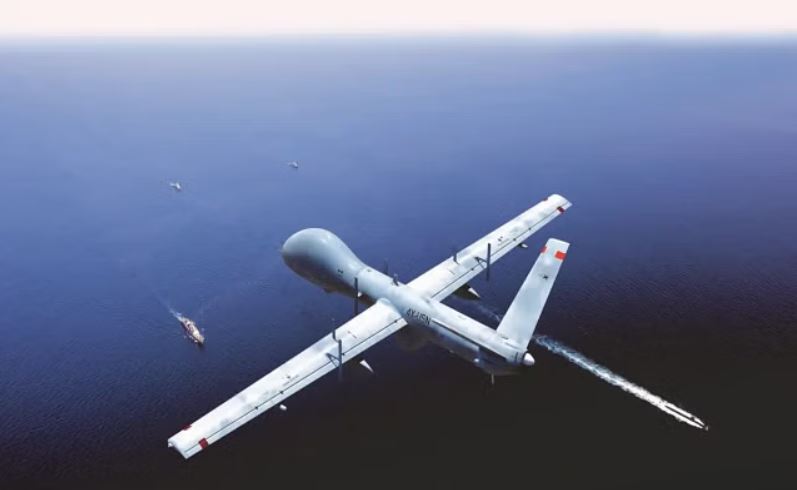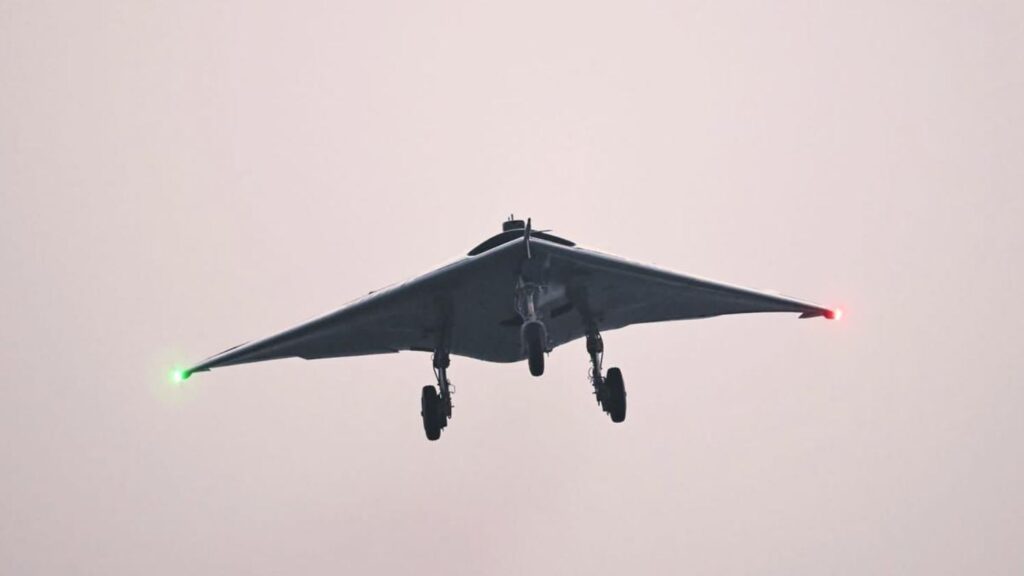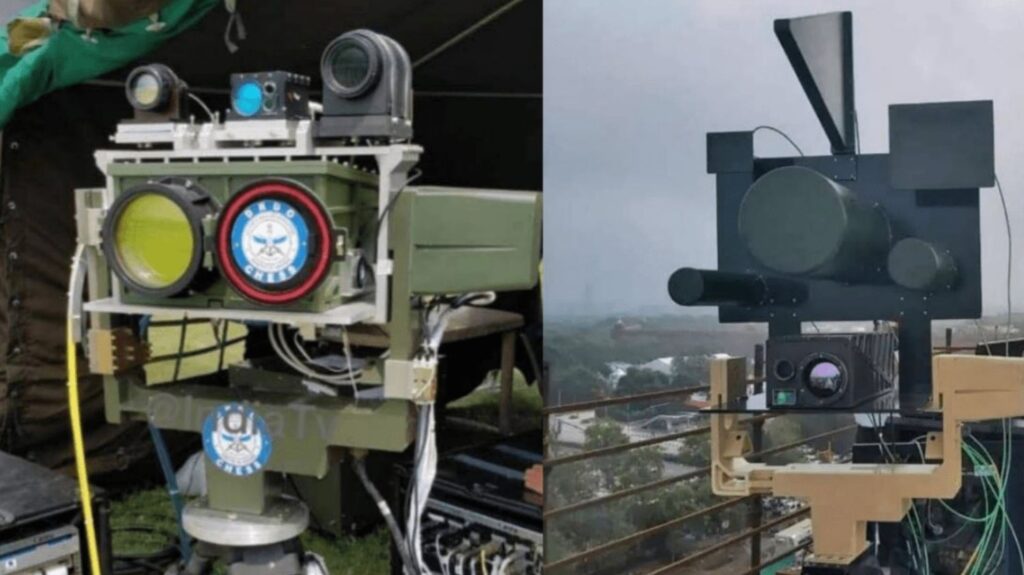India stands at 4th position as reported by Global Firepower.
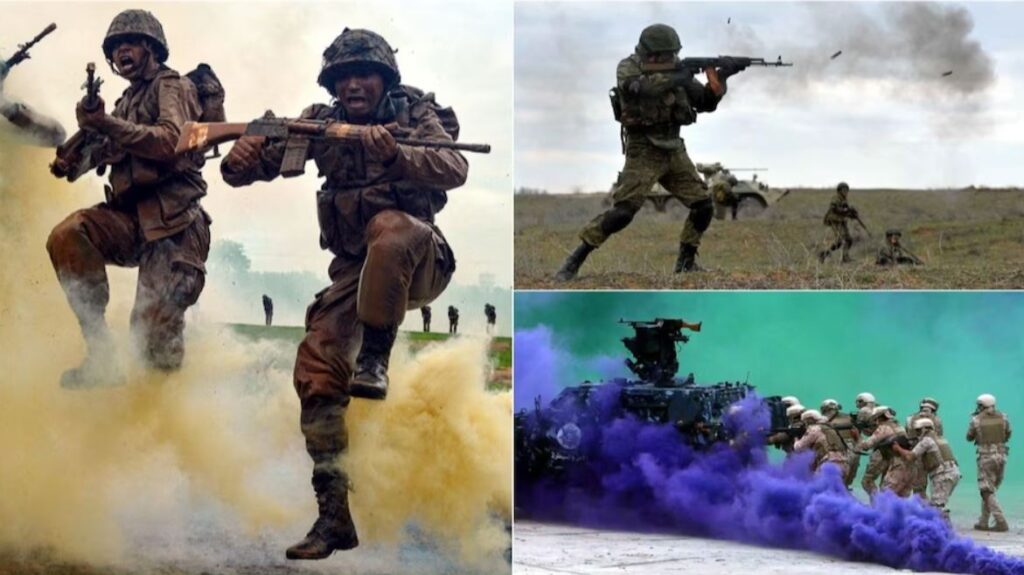
The United States has the most powerful military globally, followed by Russia and China in second and third place, respectively. India holds the fourth position, as reported by Global Firepower, a website that keeps track of global defence information.
Global Firepower’s Military Strength Rankings for 2024 assess 145 countries, taking into account more than 60 factors such as the number of troops, military equipment, financial stability, geographic location, and available resources. These factors together determine a PowerIndex score, where lower scores indicate stronger military capabilities.
Global Firepower said in a release that “our unique, in-house formula allows for smaller, more technologically advanced nations to compete with larger, lesser-developed powers, and special modifiers, in the form of bonuses and penalties, are applied to further refine the list, which is compiled annually.”
This multi-faceted approach aims to paint a more complete picture of military capabilities beyond raw firepower. By factoring in economic strength, logistical efficiency, and even geography, Global Firepower hopes to offer a more nuanced understanding of global military landscapes.
The report includes 145 countries and also examines how each nation’s ranking has changed from one year to the next.
Here are the top 10 countries with the most powerful militaries in the world:
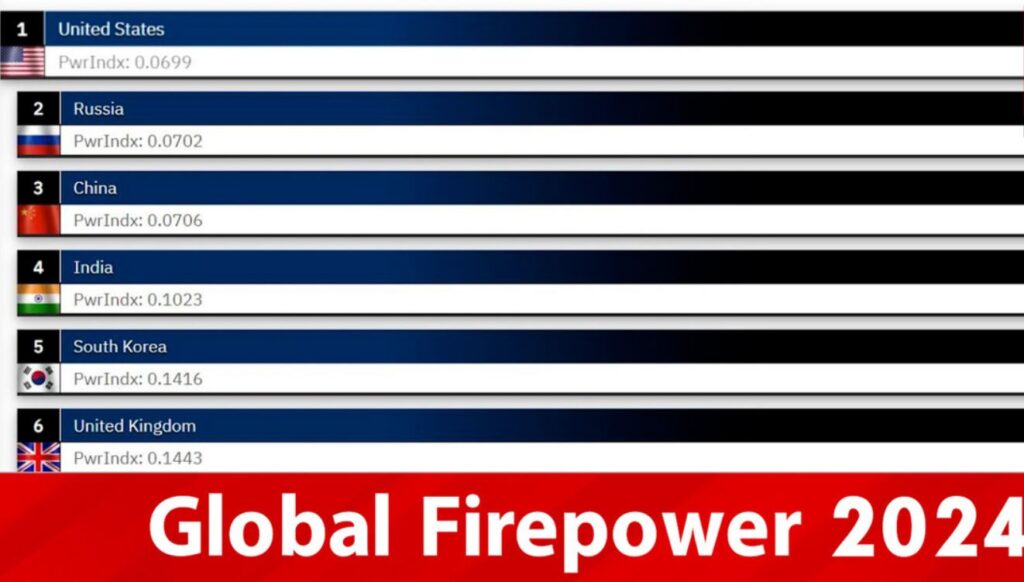
- United States
- Russia
- China
- India
- South Korea
- United Kingdom
- Japan
- Turkiye
- Pakistan
- Italy
Here are the 10 countries with the least powerful militaries in the world:
- Bhutan
- Moldova
- Suriname
- Somalia
- Benin
- Liberia
- Belize
- Sierra Leone
- Central African Republic
- Iceland
Read Also | NFO Alert: Bajaj Finserv AMC enters the ETF market; launches Nifty 50 and Nifty Bank ETF



